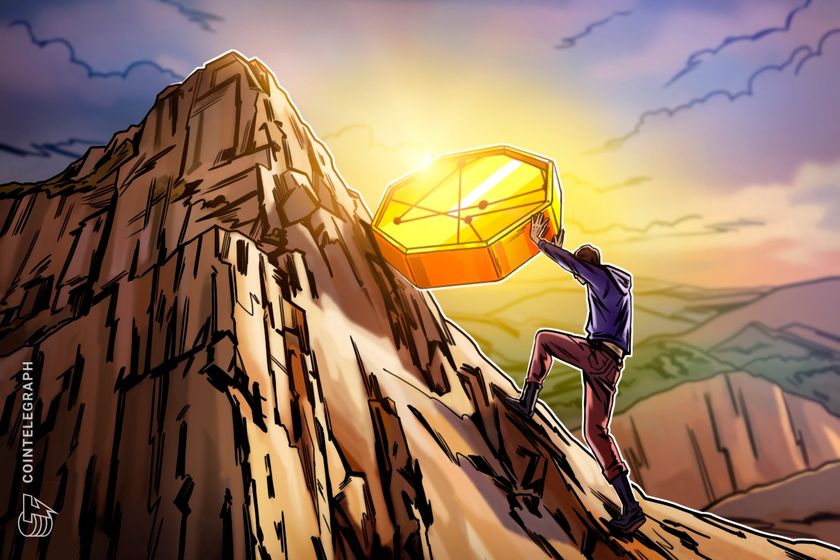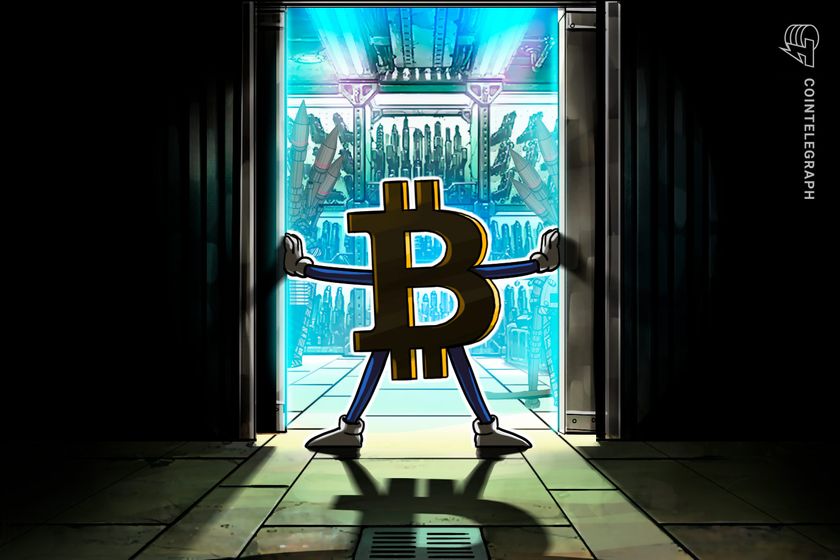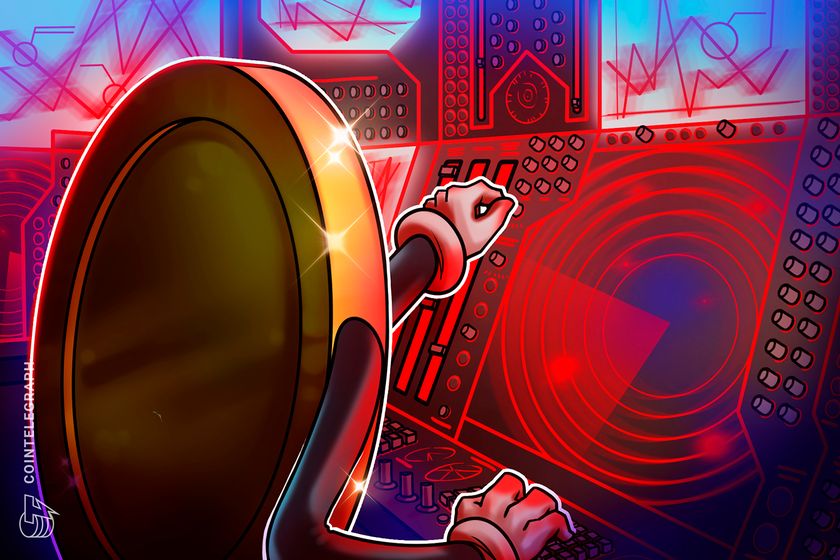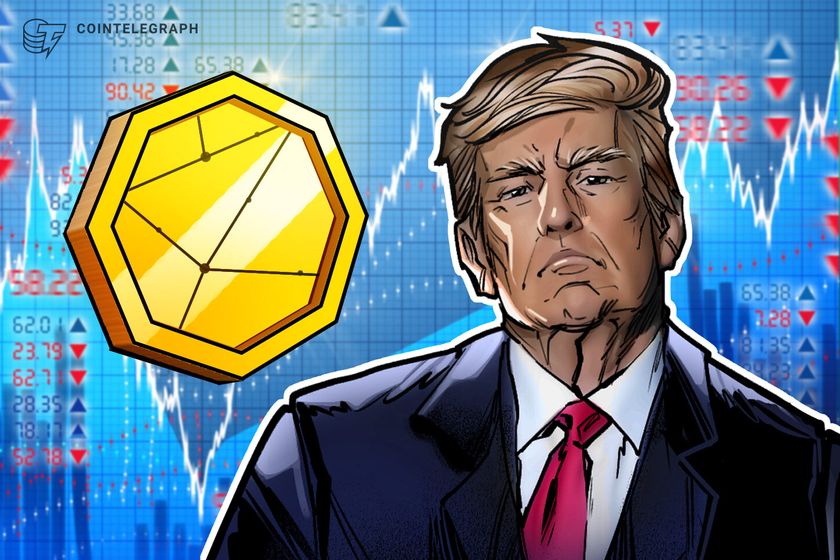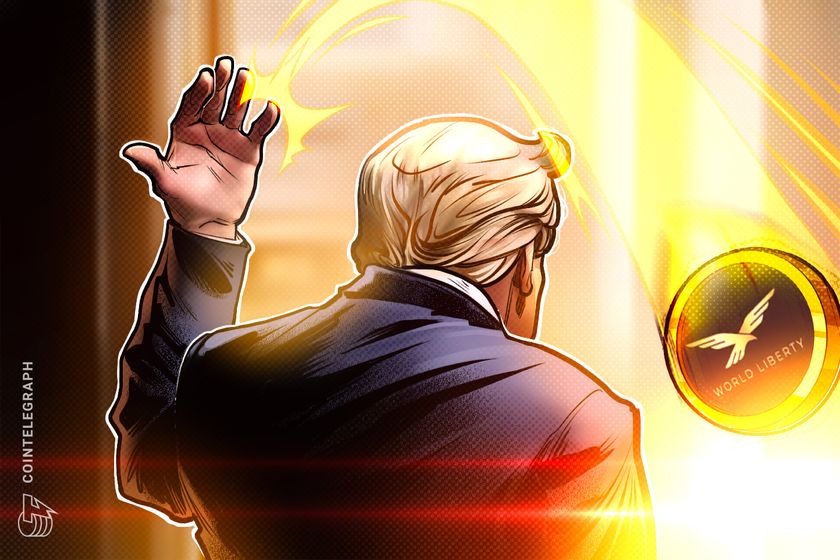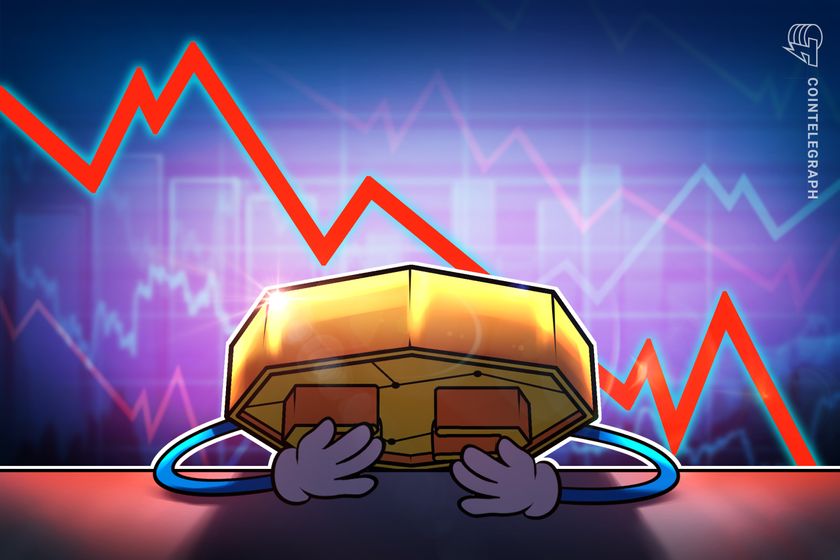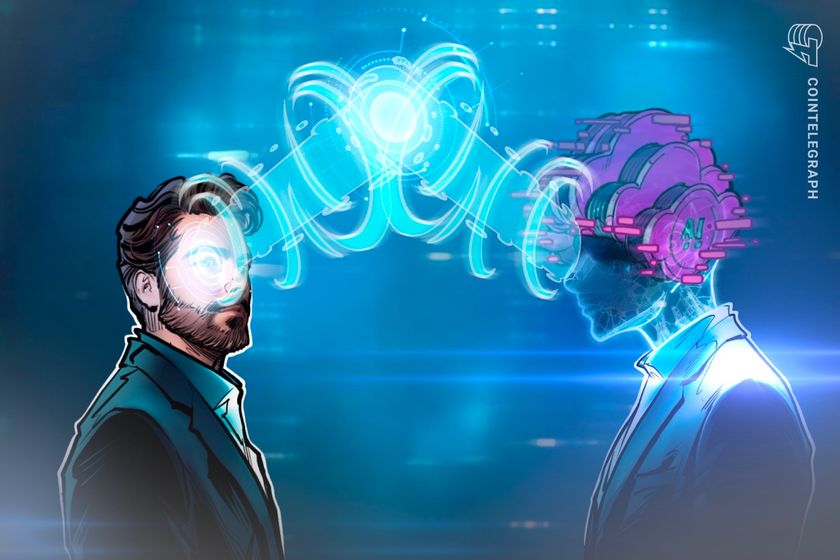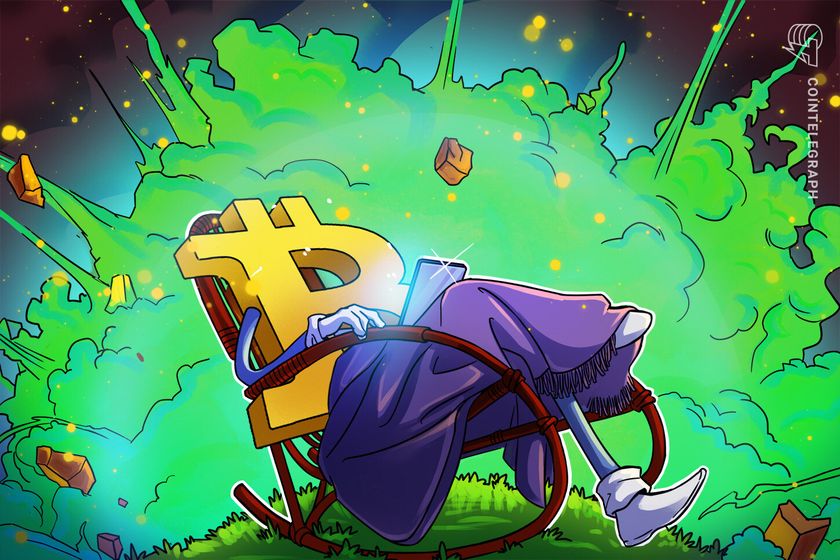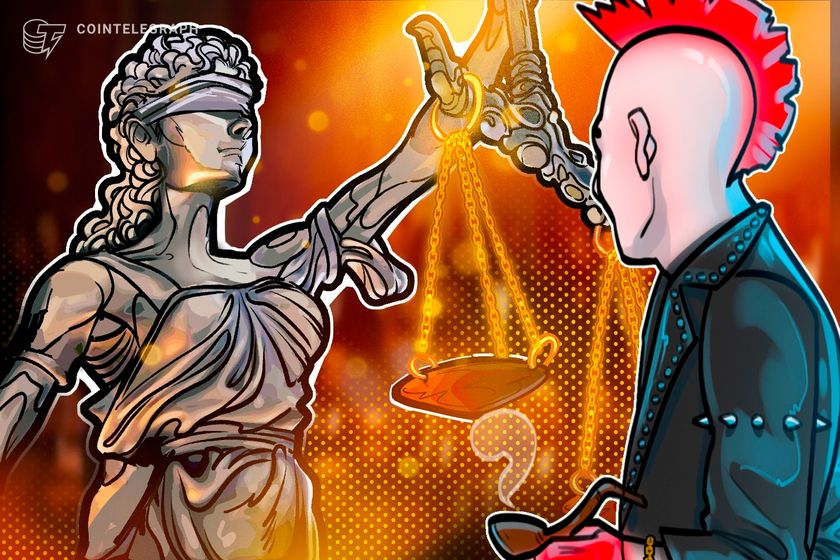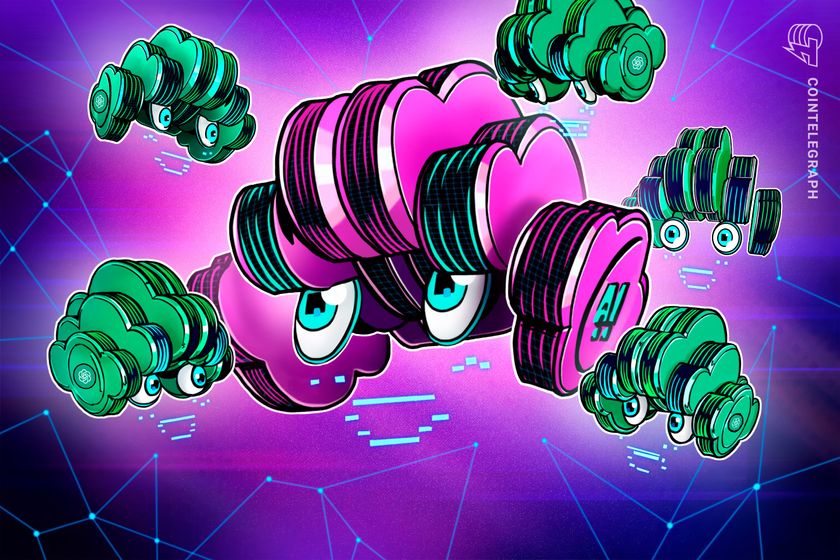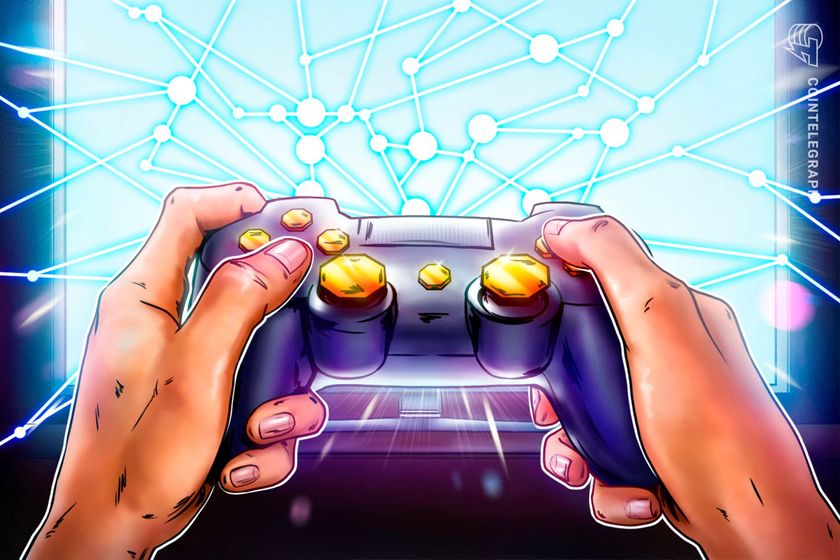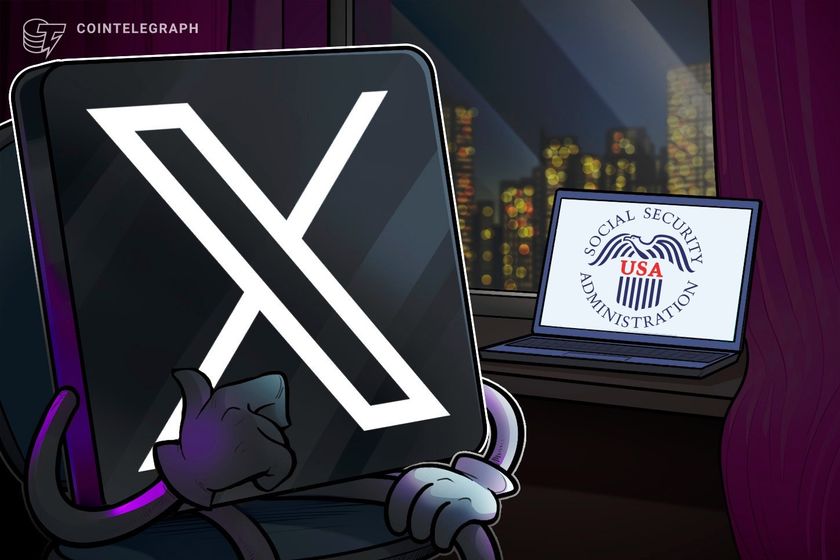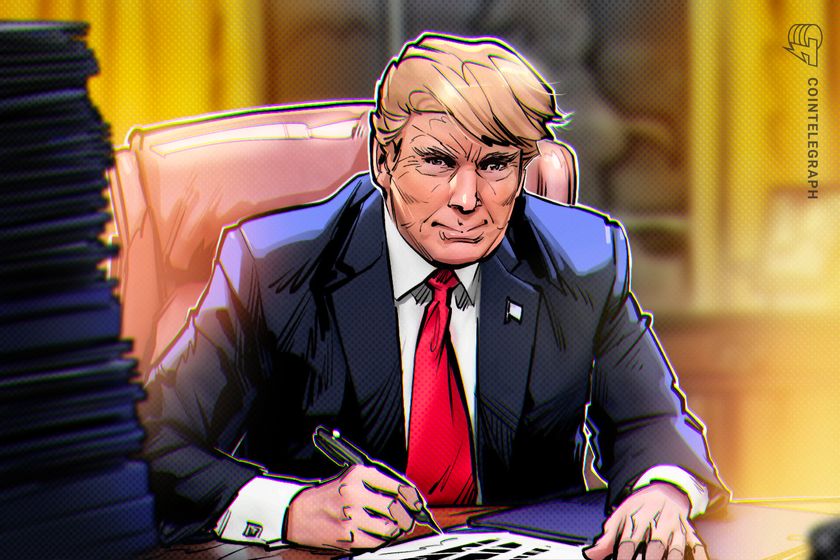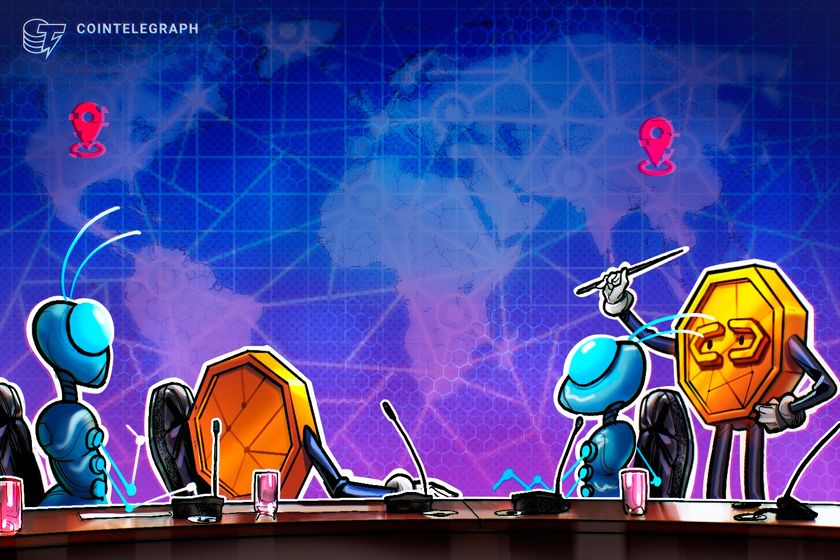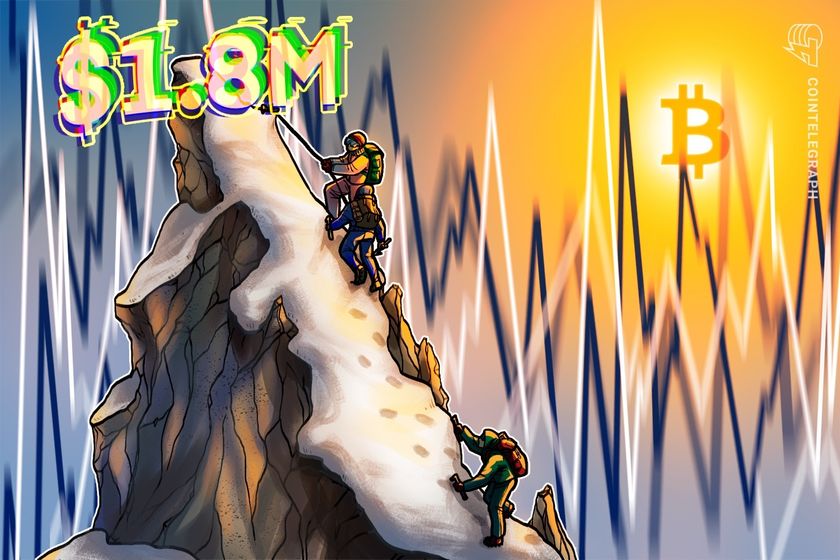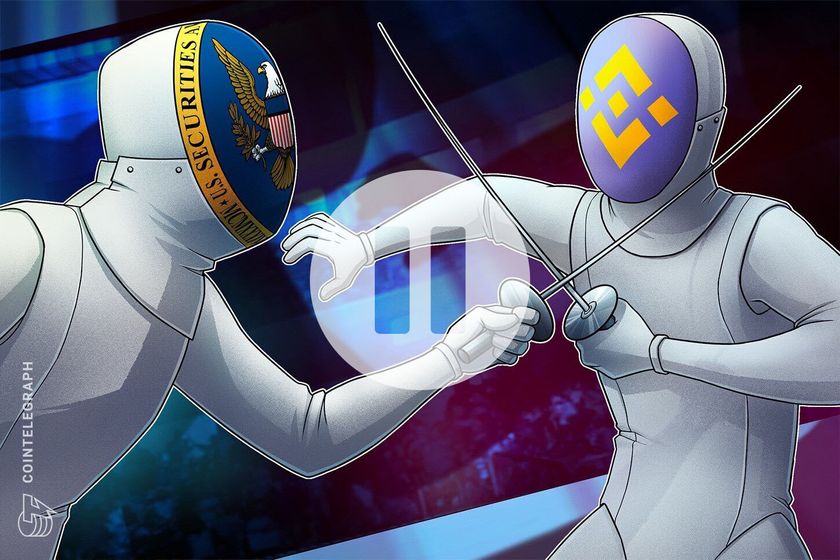Google will begin enforcing stricter advertising policies for cryptocurrency services in Europe under the Markets in Crypto-Assets (MiCA) framework, the company said in a recent policy update.
The move could be a “double-edged sword” for regulation that may prevent initial coin offering (ICO) frauds, but risks further enforcement gaps, according to legal advisers.
Starting April 23, cryptocurrency exchanges and crypto wallet advertising in Europe must be licensed under Europe’s MiCA framework or under the Crypto Asset Service Provider (CASP) regulation.
Crypto advertisers on Google will also have to comply with “local legal requirements,” including “national-level restrictions or requirements beyond MiCA” and be “certified by Google,” according to a March 24 Google policy announcement.
The new advertising policy will apply to most European countries, including Austria, Belgium, Bulgaria, Croatia, Cyprus, Czech Republic, Denmark, Estonia, Finland, France, Germany, Greece, Hungary, Ireland, Italy, Latvia, Lithuania, Luxemburg, Malta, Netherlands, Poland, Portugal, Romania, Slovakia, Slovenia, Spain and Sweden.
Policy violations “won’t lead to immediate account suspensions,” as a warning will be issued at least seven days before any account suspensions, added Google’s policy update.


